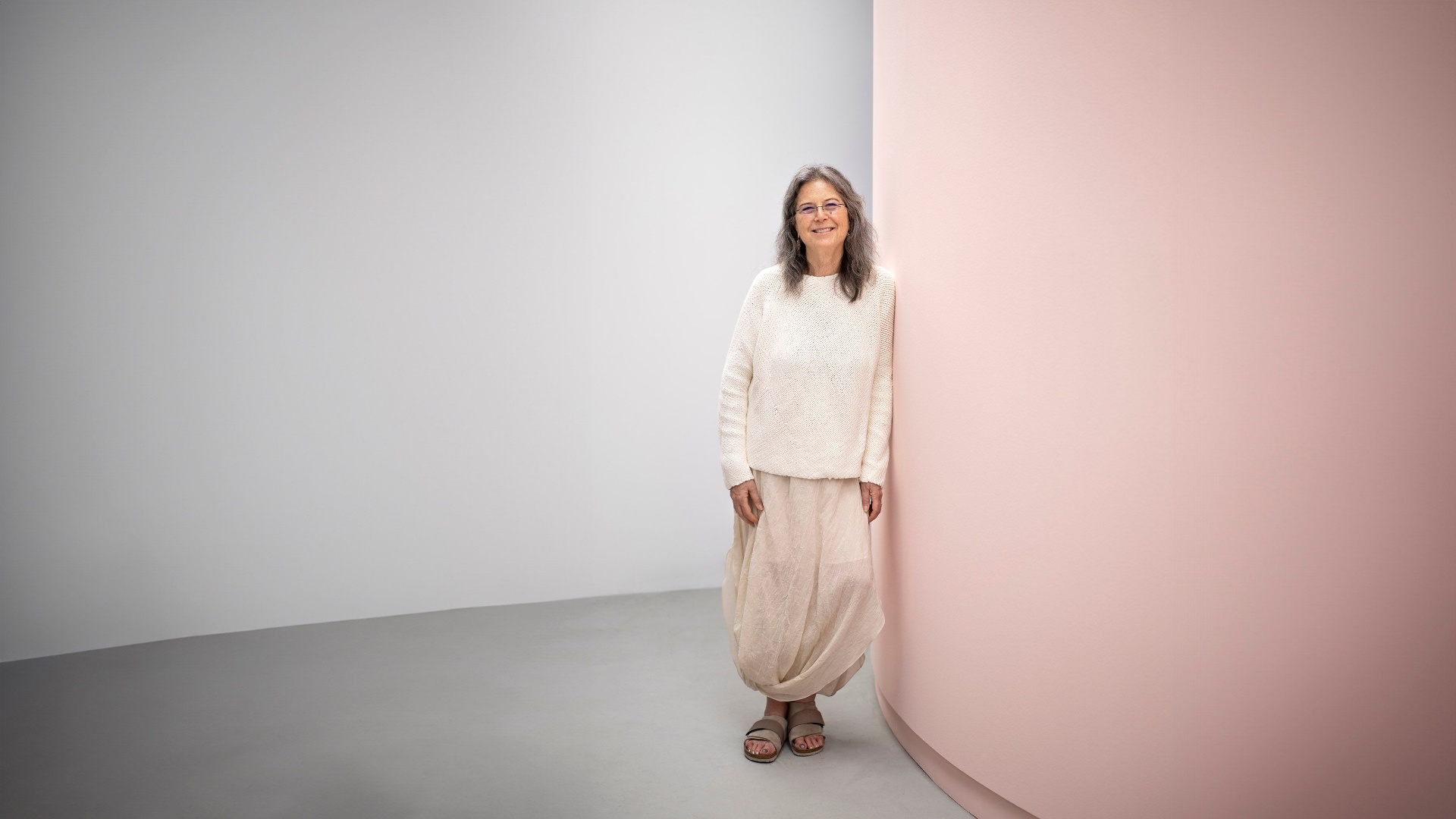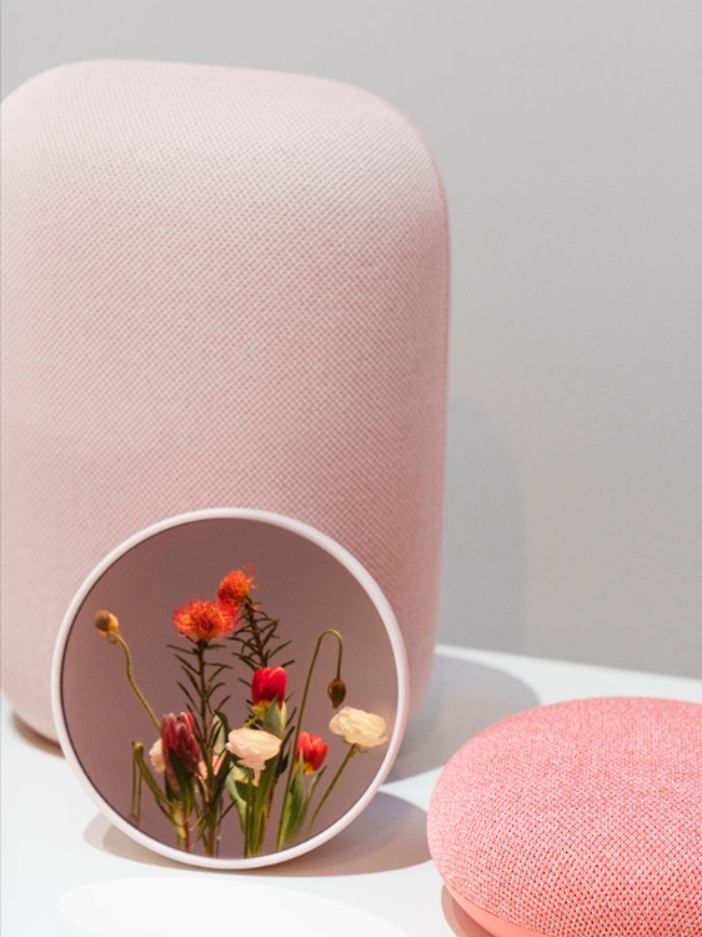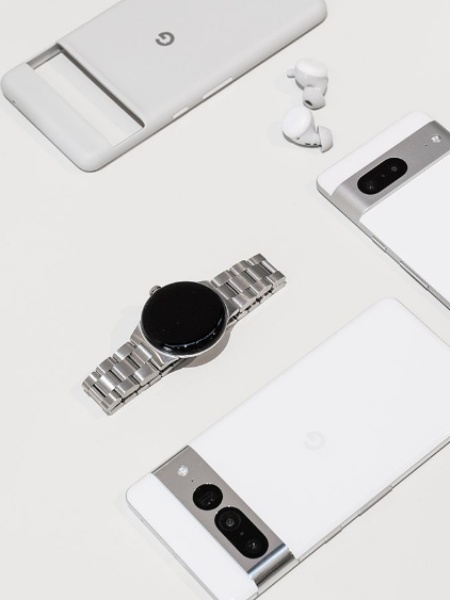Back in 2001, Carter Bryant, a former Barbie clothing designer, created the first generation of Bratz Dolls. These dolls were a direct response to Barbie’s legacy of idealised femininity—they were ethnically diverse, fashion forward, and unapologetically imperfect. For the first time, Barbie’s monopoly over the ‘girl toy’ market was under threat. As Barbie sales plummeted, Mattel was scrambling to find itself a new hit. Enter Ivy Ross, the then Vice President of Product Design and Brand Image for the Girls’ Division. She was already somewhat of a maverick: prior to Mattel, the jewellery designer had had stints at Calvin Klein, Swatch, Gap, Bausch & Lomb, and Coach.
She decided to shake things up by bringing a dozen people from different departments together in an innovation lab to boost creativity. She called it Project Platypus, a nod to how the platypus is a composite of seemingly incongruous characteristics from different species.
“I did crazy, wild things,” Ross laughs over a Zoom call from her elegantly cheery Silicon Valley home. “I saw creativity as part of the human experiment.” She brought in an improv artist to lead a workshop on free association, a Jungian analyst to talk about pattern recognition, an architect to lead a session on forms and connections. A particularly out-there project, conducted in collaboration with brainwave expert Dr Jeffrey Thompson, involved getting everyone to sing a particular note. The aim was to find the fundamental frequency at which all 12 of them resonated and embed it into a song that, when played, would bring everyone onto the same emotional wavelength.
Her experiments paid off. It was through Project Platypus that Richard Manville came up with the idea for the Ello Creation System construction set for girls—the toy that flew off the shelves and won several Oppenheim Platinum Toy Awards.

A moment from ‘Shaped by Water’, Google Design Studio's showcase at Milan Design Week 2023, created in collaboration with artist Lachlan Turczan
Now, more than a decade later, Ross is at the helm of a very different ship, heading hardware and UX design at Google. Her goals may be different, but the time is as ripe for innovation as it was when she was at Mattel.
Today, everyone’s talking about AI. Tech giants are jostling for bigger shares of an increasingly competitive market. Google’s parent company, Alphabet, is one of four major market leaders in the AI revolution. Microsoft, thanks to its investment in OpenAI, is poised to lead the GenAI market, but Meta and Alphabet are well placed to lead innovation. But the future is uncertain and public sentiment is ambivalent. Out-of-the-box thinking is the need of the hour, and there's a compelling case to be made for how personal, accessible tech hardware could influence the way we will embrace AI going forward.
And what is tech, if not a toy for adults? Whether it’s a home speaker system or a smartwatch, technology is constantly becoming more personal, more tangible, more interactive. “When we were starting the hardware division for Google from a design perspective, my team and I took a very different approach, knowing that the days of the big black boxes were going to be over,” recalls Ross. “Technology is going to be all around us—and on us, if we choose—so I think making it fit in and not stand out has been key from the very beginning.”








